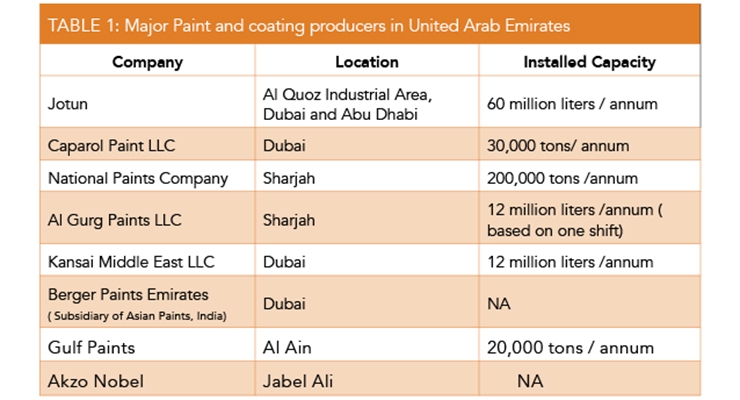Essential Seasonal Aspects Of Commercial Outside Paint: What You Should Understand
Essential Seasonal Aspects Of Commercial Outside Paint: What You Should Understand
Blog Article
Post Written By-Korsholm Chaney
When you're intending a business outside painting project, seasonal factors can make or damage your results. please click the following post 'll want to think about how temperature level and moisture impact paint application and drying out times. Choosing the right period can ensure your paint sticks properly and lasts longer. However which periods are truly the most effective for this kind of work? Let's discover the key elements that can affect your job's success.
The Effect of Temperature on Paint Application
When you're planning an industrial external painting task, the temperature level can significantly influence just how well the paint adheres and dries out.
Preferably, you want to paint when temperatures vary in between 50 ° F and 85 ° F. If it's also chilly, the paint might not heal effectively, bring about issues like peeling off or breaking.
On the flip side, if it's as well hot, the paint can dry out too promptly, avoiding correct attachment and causing an irregular coating.
You need to also take into consideration the time of day; morning or late afternoon provides cooler temperature levels, which can be more beneficial.
Always examine the producer's referrals for the details paint you're using, as they usually supply guidance on the optimal temperature array for optimal outcomes.
Moisture and Its Impact on Drying Times
Temperature isn't the only ecological aspect that affects your industrial external painting task; humidity plays a significant duty too. High moisture levels can reduce drying out times significantly, influencing the total high quality of your paint work.
When the air is filled with wetness, the paint takes longer to heal, which can result in issues like poor attachment and a greater risk of mildew development. If you're painting on an especially moist day, be prepared for extensive delay times in between layers.
https://professionalpaintersnearm77543.blogrelation.com/41327050/discover-how-a-specialist-paint-contractor-can-improve-your-job-supplying-time-financial-savings-and-ensuring-best-outcomes-that-you-will-not-want-to-disregard to keep track of local weather and plan as necessary. Ideally, go for humidity degrees between 40% and 70% for optimal drying out.
Keeping these factors in mind ensures your task remains on track and delivers a long-term surface.
Best Seasons for Commercial Outside Paint Projects
What's the best season for your commercial outside painting tasks?
Spring and very early autumn are commonly your best choices. During these seasons, temperature levels are moderate, and humidity levels are commonly lower, developing optimal problems for paint application and drying.
Avoid summer's intense heat, which can trigger paint to dry as well swiftly, bring about inadequate bond and coating. Similarly, wintertime's cool temperatures can prevent proper drying out and treating, running the risk of the durability of your paint work.
Go for days with temperatures in between 50 ° F and 85 ° F for ideal outcomes. Remember to inspect the regional weather report for rain, as wet conditions can spoil your task.
Planning around these variables ensures your painting job runs efficiently and lasts longer.
Final thought
Finally, preparing your commercial external paint jobs around seasonal factors to consider can make a significant difference in the outcome. By organizing job during the excellent temperatures and moisture levels, you'll make sure better bond and drying times. Bear in mind to keep an eye on local weather prediction and pick the right time of year-- spring and early autumn are your best choices. Taking these steps will aid you attain a sturdy and professional surface that lasts.
